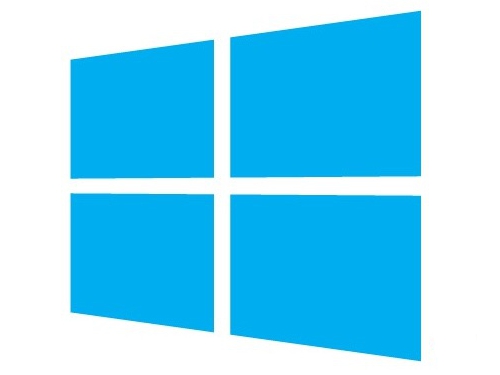Microsoft Sticks to 'Do Not Track' Plans for IE in Windows 8
Putting user privacy first.
Microsoft has announced that it is sticking with controversial plans to have 'Do Not Track' as the default setting for Internet Explorer 10 users with Windows 8. Microsoft first announced plans to have DNT enabled by default in IE10 in early June. However, the announcement drew a significant amount of criticism from the advertising industry, and claims that Microsoft would be contradicting a prior agreement with the White House threw Redmond's plans into an uncertain light.
Today, Microsoft revealed that DNT will be the default on IE10 and that it's a done deal thanks to Windows 8's RTM milestone. Lynch says this approach fits in with Microsoft's goal of configuring IE to better protect privacy while also giving users control of Internet Explorer's features. According to Lynch, additional consumer research confirmed strong support for the company's "consumer-privacy-first" approach with DNT following the release of Windows 8 Release Preview in May.
"With Windows 8's recent release to manufacturing, we know many people are interested in how customers will discover Do Not Track (DNT) in Internet Explorer 10," Microsoft's Chief Privacy Officer, Brendan Lynch, said today. "DNT will be enabled in the 'Express Settings' portion of the Windows 8 set-up experience. There, customers will also be given a 'Customize' option, allowing them to easily switch DNT 'off' if they'd like."
When setting up Windows 8, users will be asked to choose between 'Express Settings' or 'Customize.' If users select the former, DNT will be enabled by default but users will be notified that their decision turns DNT on. Selecting the 'Customize' approach will enable users to turn a number of different settings on and off, including DNT.
Windows 8 is due out October 26 of this year. The OS hit RTM last week, and has already been leaked to file-sharing websites.
Follow @JaneMcEntegart on Twitter.
Contact Us for News Tips, Corrections and Feedback
Get Tom's Hardware's best news and in-depth reviews, straight to your inbox.

Jane McEntegart is a writer, editor, and marketing communications professional with 17 years of experience in the technology industry. She has written about a wide range of technology topics, including smartphones, tablets, and game consoles. Her articles have been published in Tom's Guide, Tom's Hardware, MobileSyrup, and Edge Up.
-
kcorp2003 Will that be default for all IE upgrades to 10 on any OS? or exclusive to windows 8?Reply -
JohnnyLucky I am surprised the advertising industry didn't convince Microsoft to change. That's okay with me.Reply -
jakes69 I'm inching toward using IE from here on out. I been using Firefox for the last 10+ year...it just keeps getting worse with each latest update. Keeps freezing on several different computers. Chrome...not a big fan of anything Google.Reply -
tbouncert dextermatIE 7, 8 AND 9 should of have that,Epic fail M$Reply
IE9 had it...
In December 2010, Microsoft announced support for the DNT mechanism in its Internet Explorer 9 web browser. Followed by Mozilla's Firefox, Apple's Safari, and Opera all later added support. It is not currently supported by Google Chrome, but will be incorporated into it by the end of 2012." -
DroKing jakes69I'm inching toward using IE from here on out. I been using Firefox for the last 10+ year...it just keeps getting worse with each latest update. Keeps freezing on several different computers. Chrome...not a big fan of anything Google.Reply
Last time my FF crashed would be like months ago. Idk what you are talking about, sure newer FF arent much better than older ones but they havent failed me. -
nikorr dextermatIE 7, 8 AND 9 should of have that,Epic fail M$Who knows what else is in the bag : )Reply -
nikorr jakes69I'm inching toward using IE from here on out. I been using Firefox for the last 10+ year...it just keeps getting worse with each latest update. Keeps freezing on several different computers. Chrome...not a big fan of anything Google.They are not updates, but beta versions.Reply
BTW, what is your latest version that u are using?
